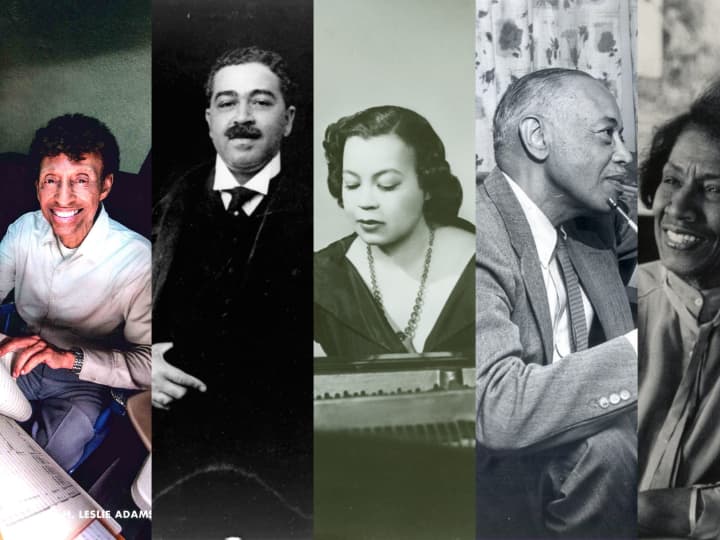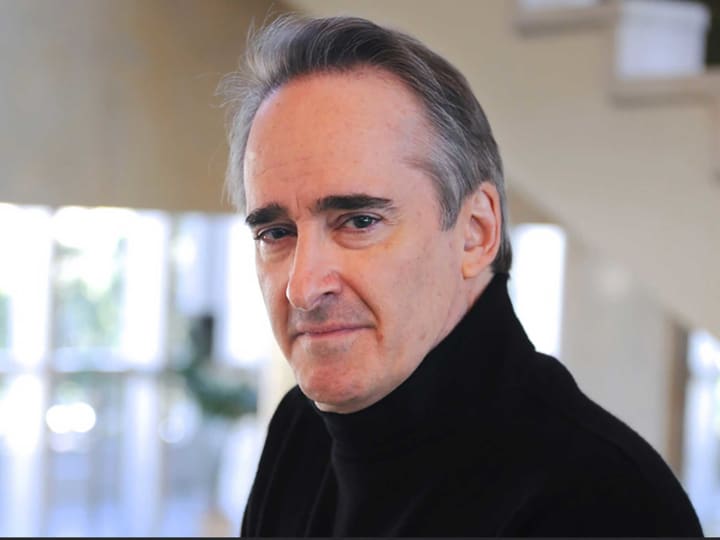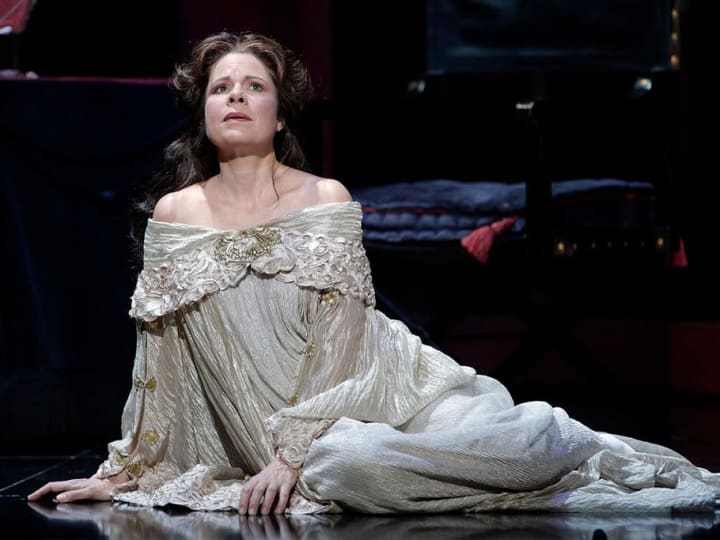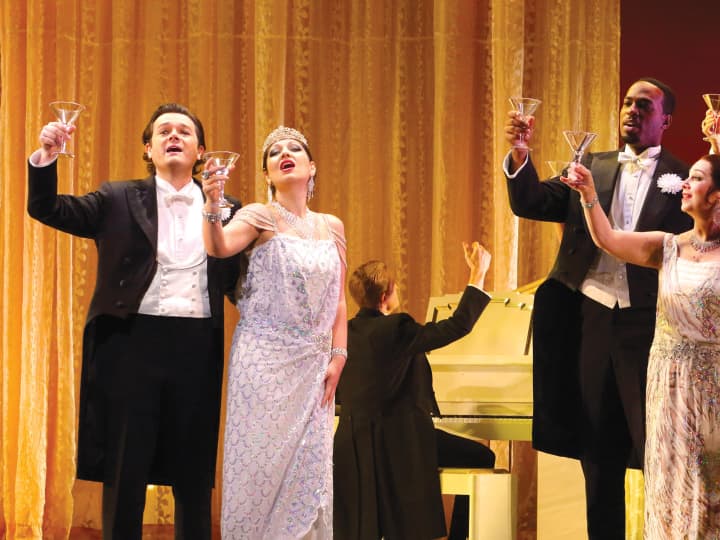You’ve seen his photos, but you likely haven’t seen him. Cory Weaver is one of the opera world’s go-to photographers. That’s right: world. He travels around the globe shooting productions from all different opera houses, and has been doing this for nearly 20 years.
So after all that time Cory’s spent working in this industry, it’s our turn to put him in front of our (figurative) lens.
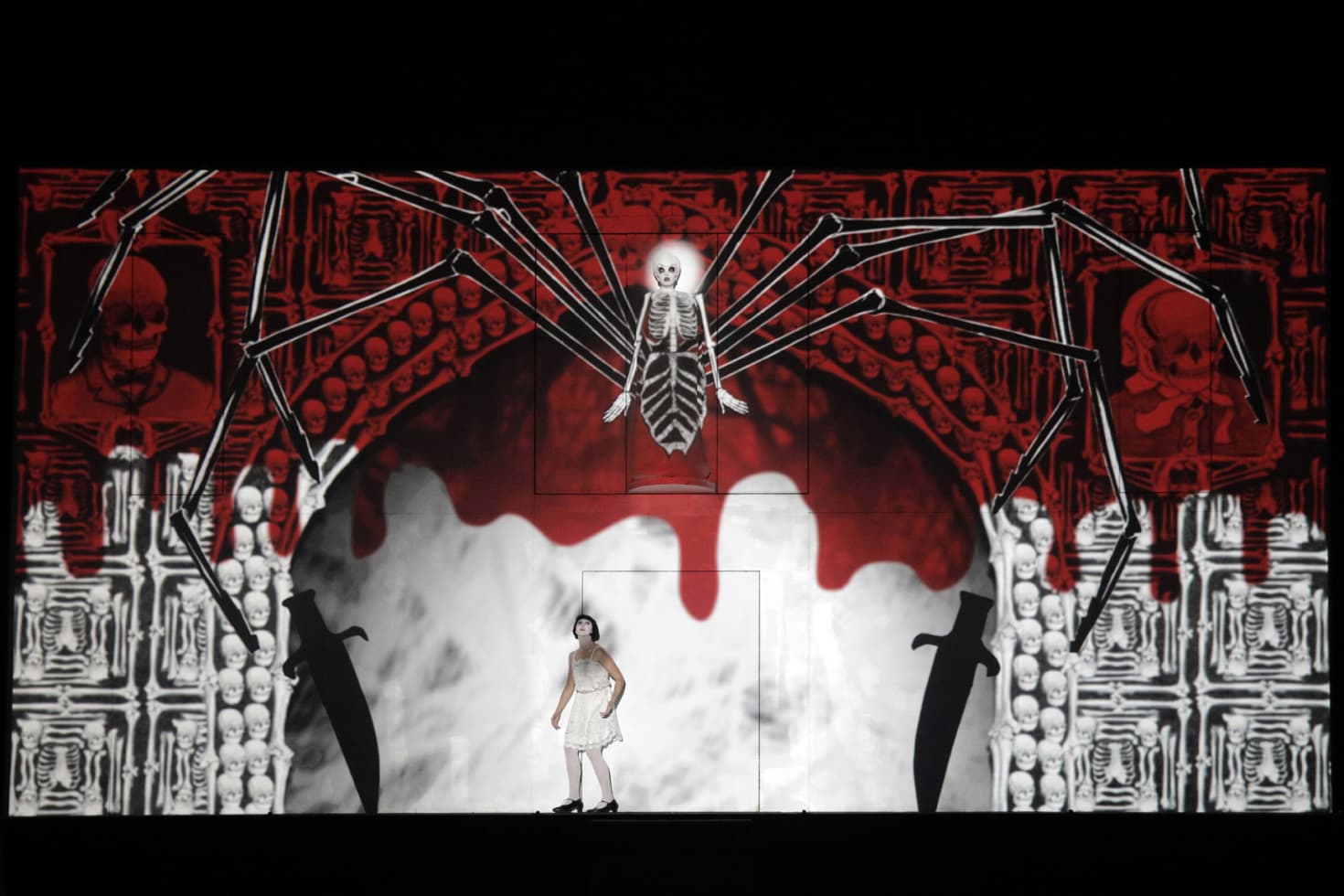
The Magic Flute (Credit: Cory Weaver)
What made you want to get into photography?
I’ve always been interested in photography, from the works of Richard Avedon to Ansel Adams to Neil Lifer to Baron Wolman and Helmut Newton—I’ve always been mesmerized by the image. I was able to combine my love (more like obsession) for music and photography when my grandfather gave me his Minolta 7000 Maxxum when I was 19. I had been saying I could do a better job taking photos than what I had been given to accompany my articles for a community college newspaper, and he said, “Here, if it’s so easy, let’s see what you can do.” So I started shooting rock bands that I had interviewed or was reviewing. I didn’t know what shutter speed was. I didn’t know what an aperture was. I just knew what I liked and what I wanted the photo to look like.
After transferring to Saint Louis University, I became photo editor of the school’s weekly paper. I was thrown into all kinds of scenarios to fulfill the photography needs of the paper, from news to editorial to arts and entertainment to sports. It was stressful but I loved it. After a few months, I knew that being a photographer was what I was going to do for a living.
So I’ve been a photographer since 1997, professionally since 2001.
How did you get into opera photography?
Throughout high school I was a theatre person. I was involved in all aspects of our productions—as an usher, designing and building sets, developing light plots, and as makeup crew head. The theatre is a place I always felt comfortable in. At SLU, we had a pretty small and underrated and underfunded theatre program, and the people there reminded me of some of the same people I knew in theatre in high school.
Getting involved with the theatre crowd at SLU led to me shooting their productions and featuring the department more for the school paper. It was a lot of fun. And when an internship for the Opera Theatre of Saint Louis was posted on our callboard at the paper, I applied immediately. It paid $250 a week, which I thought was a lot of money, and I got to work in a theatre—even though I had never seen an opera, wasn’t sure if I liked opera, and had no idea how important that company was. My first season shooting opera as photographer Ken Howard’s intern included Hippolytus and Aricia with a young Morris Robinson.
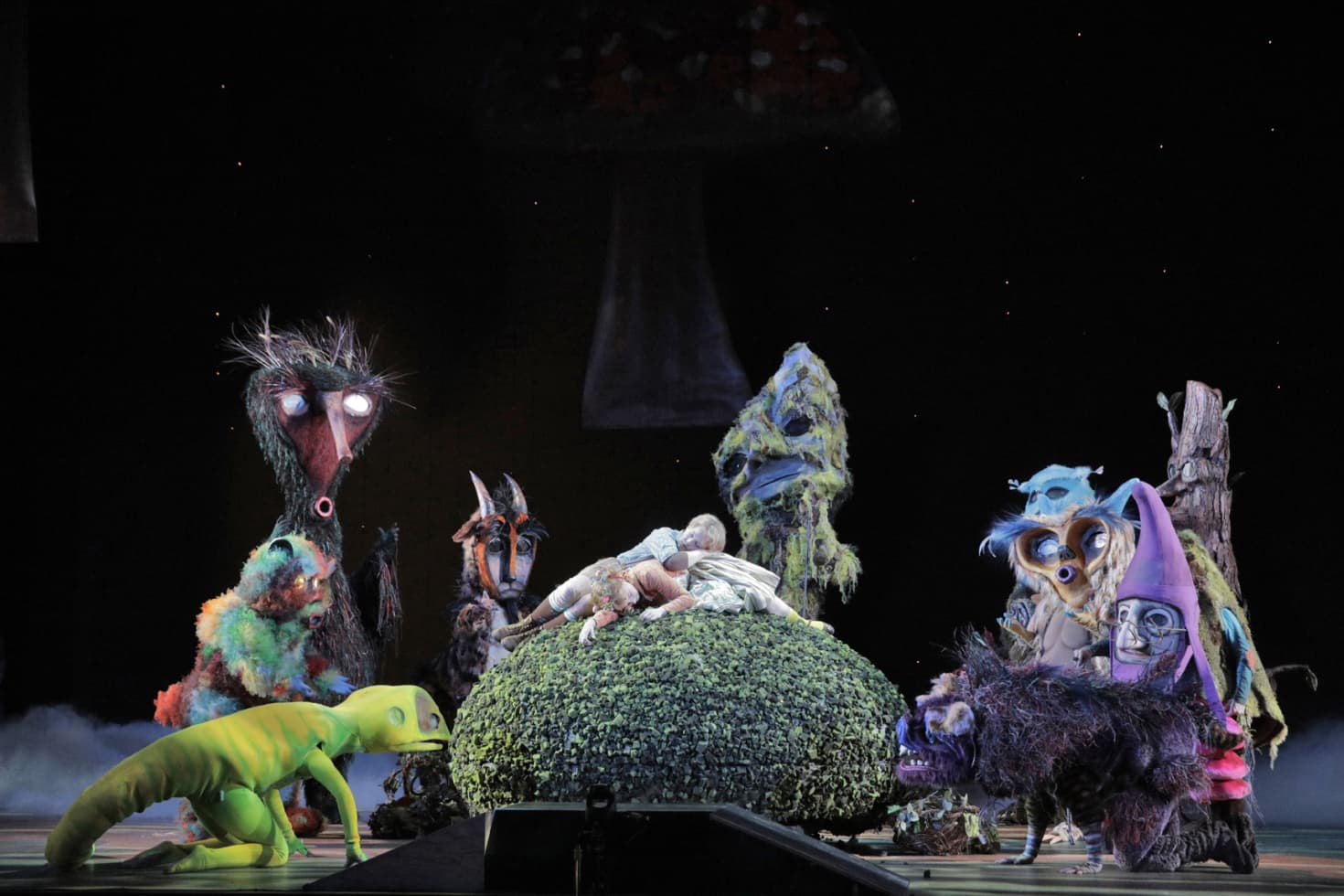
Hansel and Gretel (Credit: Cory Weaver)
How is shooting an opera different from shooting a concert/anything else?
With an opera, I’m usually shooting one of the final rehearsals. When I have to shoot a performance with a paying audience, I use a blimp or muzzle that goes over the camera body to reduce shutter noise. During a rehearsal, I’m usually the only one in the house shooting and I’m able to move around and get any angle I’m looking for. I enjoy the responsibility of capturing all of an opera company’s photo needs. I always keep in mind that I’m not only photographing for the PR and marketing departments, I’m also shooting for the costume, lighting and set designers, the director and the production department. After three to four hours of editing right after the rehearsal, I then submit a gallery of PR-worthy photos for the company to choose from that are used for previews, reviews and other needs. There are a lot of boxes to check off to get images from the PR gallery to what you see on an opera company’s website and those that accompany reviews.
With concerts, usually the photographers with access are only allowed to photograph from a pit between the stage and the audience—and only the first three songs. In a lot of ways, shooting an opera has shaped the way I shoot a concert.
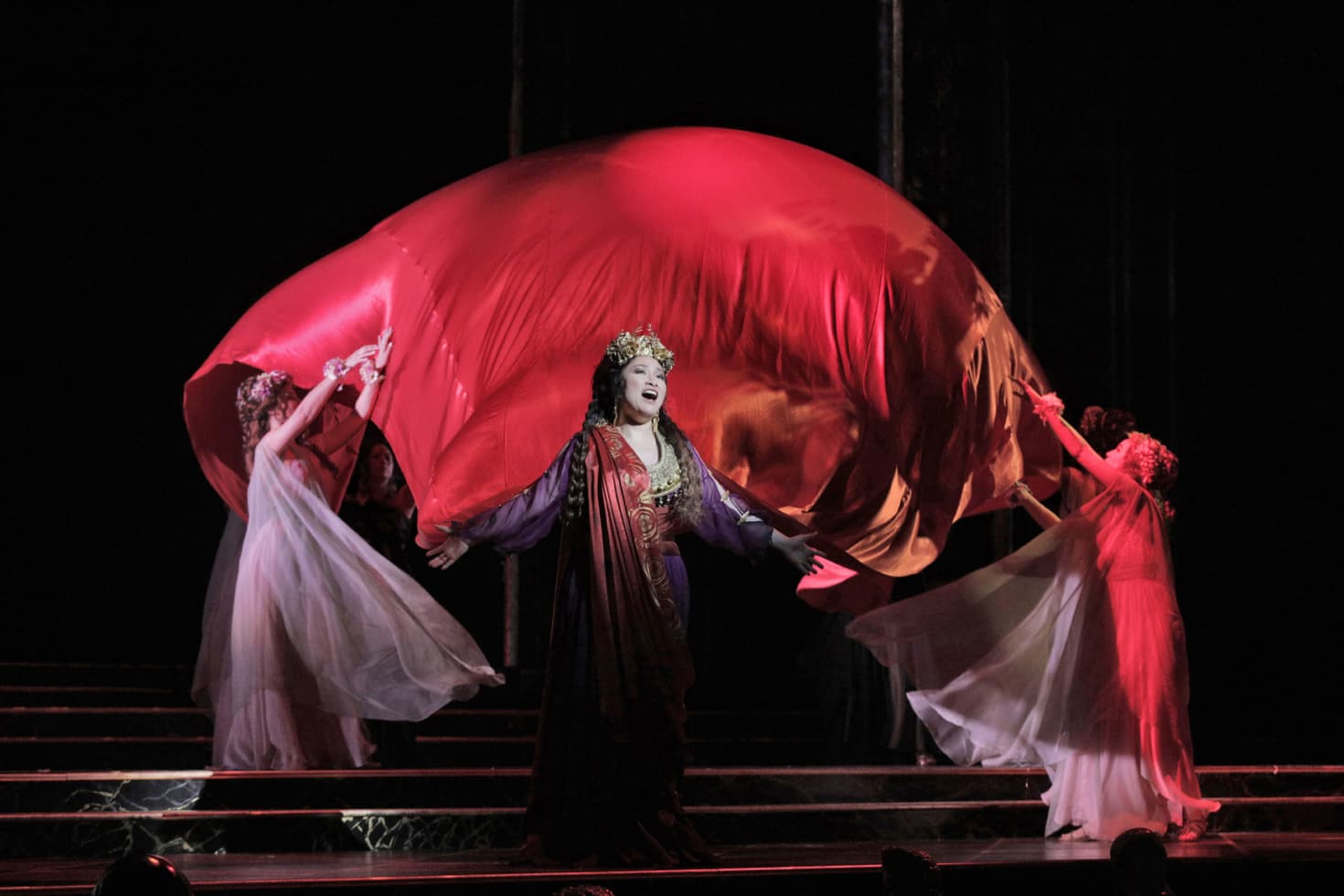
The Clemency of Titus (Credit: Cory Weaver)
How many houses do you shoot for? How many shows a season do you typically shoot?
Currently, I’m the production photographer for LA Opera and I also shoot for the San Francisco Opera, Portland Opera, Minnesota Opera, Lyric Opera of Chicago and Curtis Institute of Music. In the past, I spent 10 seasons shooting for the Metropolitan Opera and the Lyric Opera of Kansas City (my hometown company) and had the great pleasure of shooting for 14 seasons at the Bard College SummerScape and Music Festival. In 2019, I shot 37 productions across the country as well as a memorable new production of Hansel and Gretel at the Royal Opera House in London.
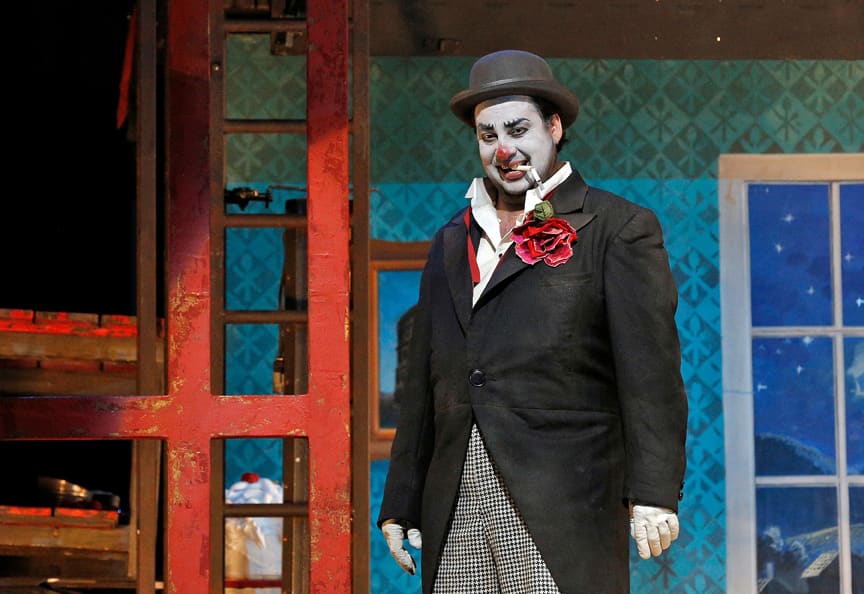
I Pagliacci at The Metropolitan Opera (Photo: Cory Weaver)
If you had to guess, how many operas have you shot in your career?
I’ve actually kept count. In 20 years, I’ve shot 403 productions—including 15 world premieres, countless new productions and two Ring cycles. I had an additional 23 performances scheduled for the Spring, Summer, and Fall before the cancellations started.
What are some of the favorite productions you’ve shot?
At LA Opera, even though I didn’t shoot it, I really liked Akhnaten. I photographed La Traviata at San Francisco Opera in 2009, a production that originated at LA Opera, and I really liked the Art Deco concept—I’m a big fan of that style. As for productions I’ve photographed at LA Opera, my favorites are Eurydice, Satyagraha and The Magic Flute.

Eurydice (Credit: Cory Weaver)
What special things do you have to consider when shooting an opera?
Photographing an opera is like nothing else. To me, at the forefront of shooting a production is getting flattering images of the singers (e.g., without their mouths wide open) and capturing key moments that define the production.
When I am able, I like to watch a piano dress rehearsal before I shoot. I like to move around the house and shoot, composing the image that tells the story. In a big chorus scene, I try to get as many faces as possible. It’s the same thing when a production has a children’s chorus—I try to get as many children in the shot as possible. There’s no disappointment like looking through a gallery of images and not seeing yourself.
As for equipment, I use two Canon 5D Mark IVs, with a 24-70 2.8, a 70-200 2.8 and a 300 2.8. Whenever opera is allowed to start back up after Covid-19 is subdued, I plan on switching to a completely new system with the Sony A7 II.
What do you like to shoot outside of opera?
Outside of opera I really like shooting rock concerts. It’s where I really started shooting and it’s been fun to get back to photographing bands. I’ve shot more than 200 concerts since the fall of 2017 and launched a music magazine based in St. Louis—I just published a fourth issue in February. I also used to do a lot of headshots and portfolio shoots, and I’m slowly getting back into that, as that aspect of photography allows a photographer to not only capture, but also create.
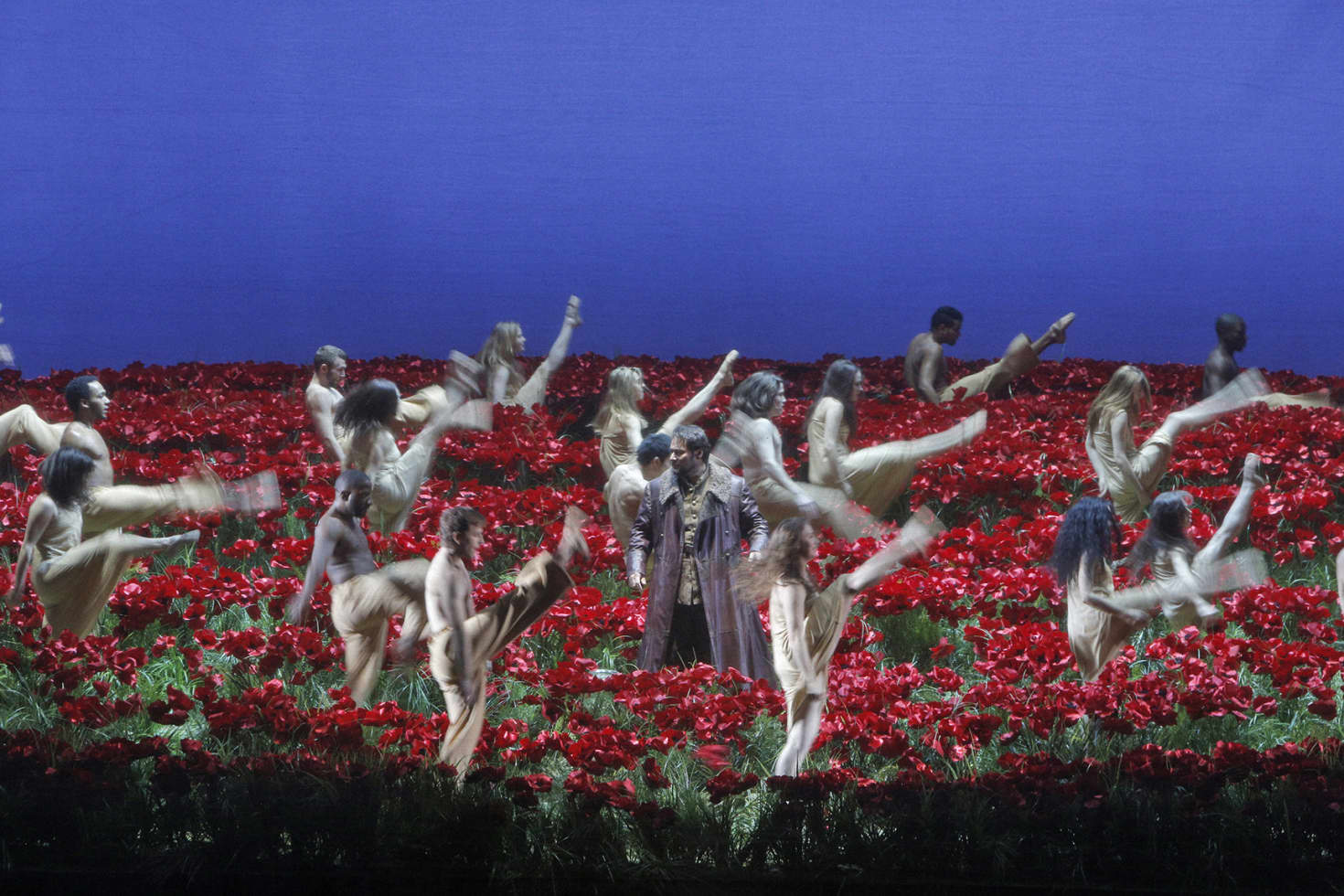
Prince Igor at The Metropolitan Opera (Credit: Cory Weaver)
Are there any operas you haven’t gotten to shoot yet but really want to?
Buzzfeed put out a list of “How many of these 100 operas have you seen?” and I had photographed all but 17 of them. I would like to shoot all of those operas just to complete the list, but especially Death in Venice if I had to put one at the top. I’ve shot so many other operas that aren’t on that list and I would really love to shoot Florencia en el Amazonas and Postcard from Morocco again.
What goes through your mind during a shoot?
Most of the time my mentality is “I can do that,” and I just do it. I’m a hyper-focused perfectionist and pretty unrelenting when it comes to capturing an image. There’s a line from The Dark Knight said by Heath Ledger: “I'm a dog chasing cars. I wouldn't know what to do with one if I caught it! You know, I just...do things.” I think that perfectly describes what it is I do when I have a camera in my hand. After nearly 20 years shooting in a theatre, the way I shoot is automatic. I pick up a camera and a switch gets flipped and the only thing that matters for the next three to four hours is the show.
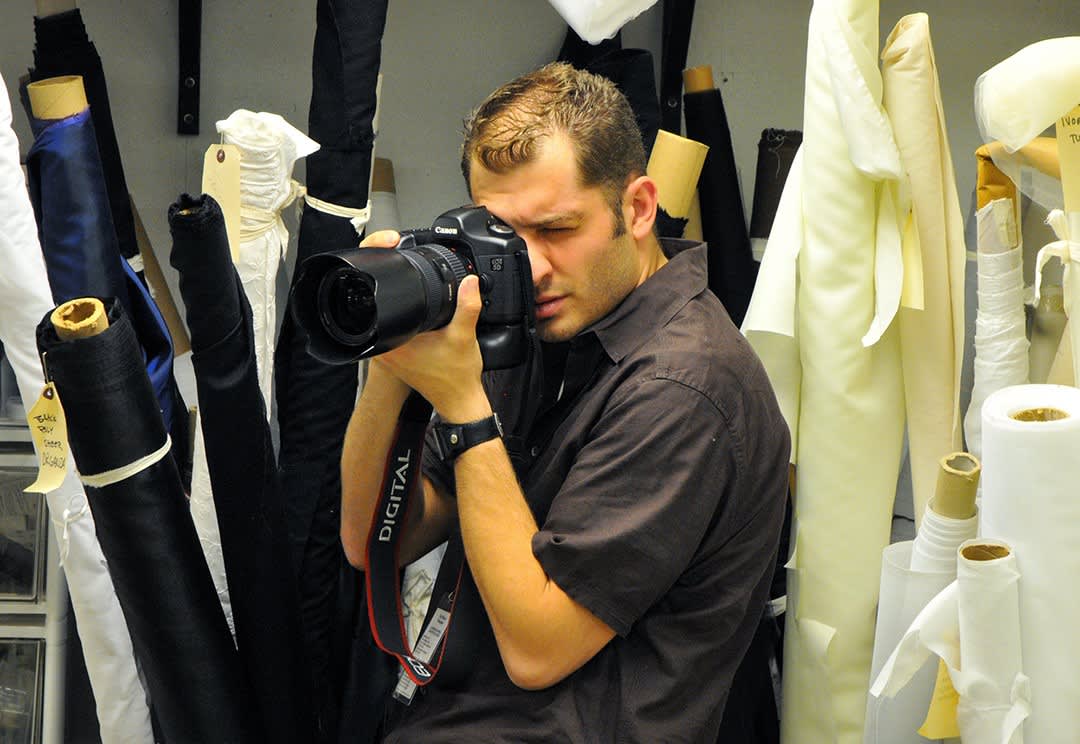
Cory Weaver (by Cory Weaver)
To check out more of his work, click here and here.

